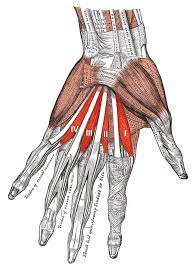Quadriceps Tendon anatomy
Introduction The thick, robust tendon that joins the quadriceps muscles to the patella (kneecap) is called the quadriceps tendon. It is an essential component of the leg’s extensor mechanism and is critical in knee joint movement. The four quadriceps muscles, which are found in the front of the thigh, converge to produce the quadriceps tendon….










